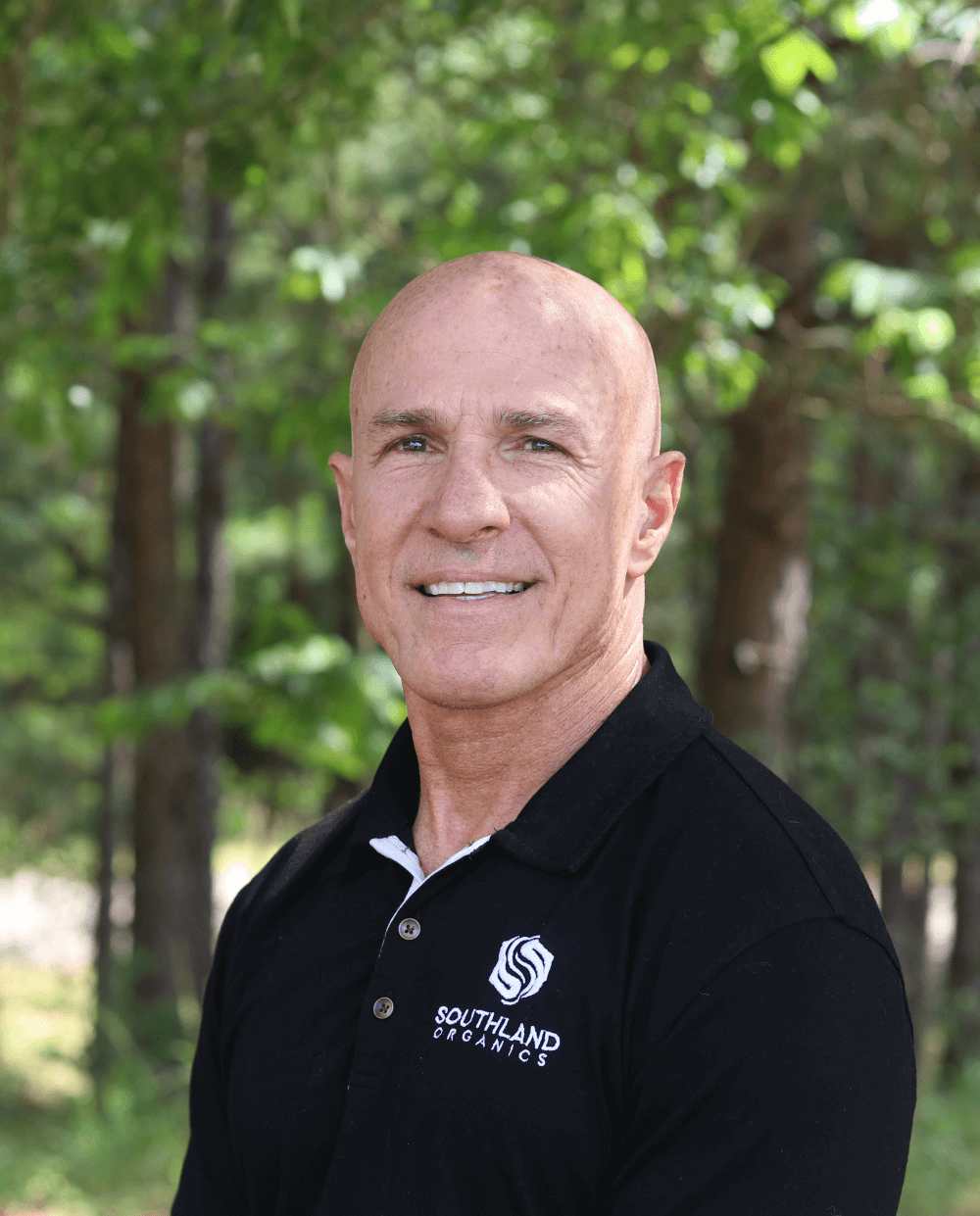There's no need to try to sell you on the importance of a bird's legs—you already know that. But since they're so important, let's talk about some common leg issues and ways to help manage them.
Types of Leg (and Related) Issues

Different types of issues can pose a threat to chickens' legs, including Marek's disease, reovirus, foot pad dermatitis, kinky back and scaly leg mites. Scaly leg mite issues, which affect both domestic and wild birds, typically only arise for backyard chicken keepers, so we'll focus on the issues faced by the commercial poultry industry for now.
Marek's Disease
Marek's disease can affect several parts of a chicken's body. In the classic form of the disease, it can cause paralysis of one leg or both the right and left leg. If you suspect an affected bird, it's important to isolate it from the other chickens or other chicks, as the disease is highly contagious.
Viral Arthritis
Viral arthritis refers to the inflammation affecting the joints of a bird's leg, caused by a reovirus infection. While some types of arthritis may affect the foot joints, this type specifically affects the leg joints and tendons.
According to Dr. Jenny Nicholds and Dr. Holly S. Sellers's article in the Merck Veterinary Manual, "The nature of disease and clinical signs associated with viral arthritis is influenced by type of bird (broiler, breeder, turkey), age of bird, immune status, virus pathotype, and route of exposure."
Foot Pad Dermatitis
Although foot pad dermatitis is mainly a paw issue, it can be considered a leg issue too. The obvious injuries on the birds' foot pads are usually caused by birds spending an extended period of time on wet litter. So, make sure to do something about wet litter, like applying Litter Life, because keeping the litter dry can help prevent foot pad dermatitis.
With some of these conditions, there's not so much you can do as far as prevention, but foot pad dermatitis is one that you can prevent.
Learn more about Litter Life here.
Kinky Back
While kinky back isn't a leg issue, it's sometimes categorized as one due to the way it affects the legs. As the name suggests, it's a back issue. Specifically, kinky back is a condition of the spine where one of the vertebrae moves more than it should and slips out of place, which negatively impacts the bird's legs.
Mineralization
We hear about leg issues from farmers at least every few weeks but almost weekly. One of the most insightful articles we've read on leg issues was from Dr. Magali Charles and Dr. Suttisak Boonyoung of Cobb Asia. They speak on mineralization—the absorption of minerals—and how it can affect good leg health in broilers.
Calcium and phosphorus, in particular, are a huge part of leg development, and if chickens aren't absorbing these minerals properly, it can lead to leg abnormalities.
Weight Gain and Mineral Absorption
Over the last few decades, we've made great strides in being able to put weight on a bird quickly. Ultimately, that's how we're feeding the world through maximizing the time we have the birds, putting as much meat on the birds as possible and actually shortening the time it takes to grow the birds.
One of the problems is that we haven't done a great job of figuring out how to increase the absorption of minerals to keep up with the weight. So when this happens, you get a heavy bird on legs that aren't even developed yet. And if you have any lack of absorption, it's going to compound the problem.
During the first 10 days of a bird's life, it takes six times longer to process the minerals that are key for the bird's development, especially the legs. When the bird doesn't absorb calcium and phosphorus properly, stress fractures of the leg can occur. If a stress fracture occurs, make sure to keep your bird warm and comfortable until the vet visit.
Feed
Now, just because a nutrient is in the feed doesn't necessarily mean it's in the bird. Integrators, vets and nutritionists do everything they can to make sure birds get the calcium, phosphorus and everything else they need for proper development. But in this antibiotic-free environment, absorption has become a real issue.
Oftentimes, the necessary minerals and nutrients get passed through droppings, so the birds aren't actually getting them. When that happens, you have issues with the birds' leg development, whether that means smaller legs, fractured legs or more frail legs.
Vitamins and Gut Health

We always make the same recommendation: control what you can control. You don't get to mix the feed. You don't even get to decide the ratio of calcium to phosphorus. But you can control certain things—like giving your birds vitamins to help with absorption.
Vitamin D helps the bird metabolize both calcium and phosphorus, and vitamin C actually helps metabolize vitamin D. Oftentimes, your integrator will offer vitamin D options. We also offer Catalyst Poultry Vitamin, a highly absorbable powder packed with specially formulated, poultry-specific essential vitamins and minerals, including vitamin D. When you start chicks on chick starter on day one, you can also start chicks on Catalyst in the stock solution. That way, they'll start off strong with an overall health boost!
Learn more about Catalyst here.
Another way to help with absorption is improving your birds' gut health with a probiotic like Big Ole Bird. Promoting good gut health is key to the feed efficiency, healthy digestion and absorption and profit on your farm. If you can reduce stress, you can keep bacteria and viruses out and keep that gut intact. That's what you're going to need to help your birds build a strong foundation.
Learn more about Big Ole Bird here.
Contact Us
We encourage you to focus on the things you can control and just pray on the rest of them. If you have any questions or ideas for future videos, reach out to me at allen@southlandorganics.com or 800-608-3755. Take care of those poultry legs!






